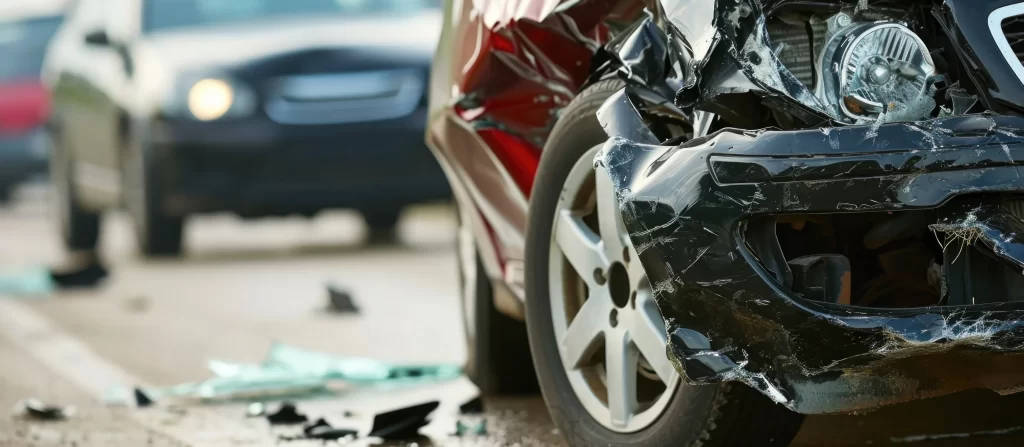As technology continues to advance, self-driving cars have transitioned from a futuristic concept to a reality on our roads. With the promise of enhanced safety and convenience, these vehicles are equipped with sophisticated technologies that allow them to navigate without direct human intervention. However, as with any new technology, challenges arise, particularly in the context of accidents. This article explores the complexities of self-driving car accidents, including the technology behind these vehicles, the role of human drivers, liability considerations, and existing legal frameworks.
Understanding Self-Driving Technology
Self-driving cars utilize a combination of sensors, cameras, artificial intelligence (AI), and machine learning to perceive their surroundings and make decisions. They are categorized into different levels of automation, ranging from Level 0 (no automation) to Level 5 (full automation). Most self-driving cars currently operating on public roads fall between Levels 2 and 4, where they can handle specific driving tasks but still require human oversight.
These vehicles can process vast amounts of data in real time, allowing them to recognize obstacles, follow traffic signals, and respond to changing conditions. Despite these advancements, technology is not infallible. Technical malfunctions, software errors, and unexpected road conditions can lead to accidents. Understanding these limitations is crucial for assessing liability in the event of an accident.
The Role of Human Drivers in Autonomous Vehicles
Although self-driving technology aims to reduce the reliance on human drivers, the reality is that human involvement remains essential in many scenarios. For instance, most self-driving systems require a licensed driver to be present in the vehicle, ready to take control if necessary. This means that, even in partially autonomous vehicles, the human driver retains some responsibility for ensuring safe operation.
Human error can also play a significant role in accidents involving self-driving cars. Distracted driving, poor judgment, and inadequate understanding of the vehicle’s capabilities can lead to accidents. For example, if a driver fails to pay attention while a car is in autonomous mode and is unable to regain control in time, the consequences could be severe. Therefore, assessing blame in self-driving car accidents can be complex, as both the technology and the driver may contribute to the incident.
Liability in Self-Driving Car Accidents
Determining liability in self-driving car accidents poses unique challenges. Traditional accident liability typically hinges on the actions of the drivers involved. However, when self-driving technology is in play, multiple parties may share responsibility, complicating legal proceedings.
- Vehicle Manufacturer: If a self-driving car is involved in an accident due to a defect in its design or malfunctioning software, the manufacturer could be held liable. This is especially relevant if the vehicle was operating in its autonomous mode when the accident occurred.
- Software Developers: The developers of the vehicle’s software may also bear some responsibility if the technology failed to function as intended. As self-driving technology is primarily software-driven, any bugs or inadequacies in the programming could result in liability.
- Human Driver: In cases where a human driver is present, their actions may also contribute to the accident. If the driver was not adequately supervising the vehicle or was engaged in distracted driving, they could face legal consequences.
- Third Parties: Other drivers, pedestrians, or even local governments may also be involved in liability considerations. If a pedestrian darts into the street unexpectedly, or if a city fails to maintain safe road conditions, these factors could influence liability determinations.
Navigating these layers of responsibility requires a thorough investigation, often involving expert testimony and detailed analysis of the incident.
Legal Precedents and Current Laws
As self-driving technology continues to evolve, so too do the laws governing its use. Currently, the legal framework surrounding self-driving car accidents is still developing. In many jurisdictions, existing traffic laws apply to self-driving vehicles, but there is a growing need for specific regulations addressing their unique characteristics.
Several states have enacted laws that address the testing and operation of self-driving cars. For example, California has implemented regulations requiring companies to obtain permits before testing autonomous vehicles on public roads. These regulations also mandate that a licensed driver be present in the vehicle during testing to ensure safety.
Legal precedents related to self-driving car accidents are limited, but a few notable cases have begun to shape the landscape. One significant incident occurred in 2016 when a Tesla Model S operating in Autopilot mode was involved in a fatal crash. Investigations revealed that the vehicle’s sensors failed to detect a large truck crossing its path, leading to discussions about the extent of liability for both Tesla and the human driver. While the case highlighted potential flaws in the technology, it also underscored the role of the driver in ensuring safe operation.
As the use of self-driving vehicles increases, legal professionals are adapting to these new challenges. Los Angeles Car accident attorneys, for instance, are becoming more familiar with the intricacies of self-driving car technology and the legal implications of accidents involving autonomous vehicles. They are essential for victims seeking compensation for injuries sustained in such incidents, navigating the complex liability landscape to determine who is at fault.
Conclusion
Self-driving cars represent a significant leap forward in automotive technology, promising increased road safety and efficiency. However, as these vehicles become more prevalent, the complexities surrounding accident liability also grow. Understanding the technology, recognizing the role of human drivers, and navigating the legal landscape is crucial for determining who is to blame in self-driving car accidents. As legal frameworks evolve, personal injury lawyers in Los Angeles and across the country will play a pivotal role in advocating for victims and ensuring that justice is served.

